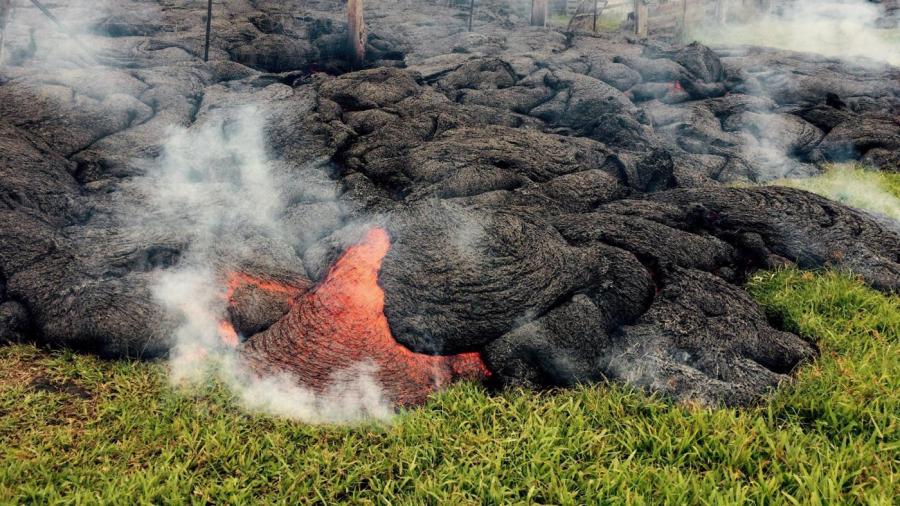What Are the Positive and Negative Effects of Volcanoes?

Volcanoes have the capacity to produce widespread destruction by covering cities and towns with ash and lava. However, volcanic eruptions also create islands, and the minerals in volcanic ash stimulate plant growth.
Volcanoes affect human populations in many ways. Some volcanic effects are beneficial, like the creation of more fertile soil, which in turn helps trees, crops and plants grow. But volcanoes can also produce widespread destruction, such as the loss of human and animal life.
Benefits of Volcanoes
Volcanic ash contains a wealth of nutrients and minerals, which support plant life and fertilize soil. The ash produced by volcanoes is very light, which means that it can cover a large area and be absorbed quickly. This means that volcanic ash can naturally fertilize large tracts of land when emitted, which in turn supports crop production. People living near volcanoes in Indonesia, the Philippines, Japan and other locations rely on the fertile volcanic soils for agricultural purposes. Volcanic ash is also widely used in commercial applications. It is mined in the western part of the United States, and it is used, along with pumice, to make hand soaps and household cleaners. Fine grades of volcanic ash are also used to create silverware and wooden products.
In addition to making household products, volcanic ash is used in commercial and industrial endeavors. When mixed with Rome lime, for instance, volcanic ash makes concrete, which is used in commercial and residential buildings. Volcanic ash has also been sourced for large-scale construction projects like building dams in California and Oklahoma. Perlite, which is a volcanic glass, is also used for construction purposes.
Consequences of Volcanoes
In addition to the numerous benefits, volcanoes cause many problems. Volcanic eruptions have historically resulted in catastrophic damage to nearby cities and towns. The size and magnitude of the volcanic eruption and the proximity of the neighboring town play a role in the volcano’s ultimate scope of destruction. In 1973, a volcanic eruption buried the town of Heimaey in Iceland. Another volcanic eruption in 1960 destroyed the town of Kapoho in Hawaii.
Volcanic eruptions also produce toxic gases, which can impact plant and animal life. Volcanoes emit carbon dioxide, carbon monoxide, sulfur dioxide and other gases when they erupt, which can alter climate patterns. While the ash released during volcanic eruptions can help stimulate plant growth, it can also have a negative impact, as it covers nearby areas in soot. Volcanoes also have a negative effect on aircraft passing over the area, as volcanic ash can get into planes’ engines and cause significant damage. Pilots have also reported losing power when flying over areas of volcanic eruptions.
The Hawaiian Islands
Another influence of volcanoes is the creation of islands. Volcanoes have helped form many islands throughout history, including the islands of Hawaii. Every island in Hawaii is comprised of at least one primary volcano, although a number of Hawaiian islands have more than one. There are five volcanoes on the Big Island of Hawaii, including Kilauea, which is one of the most active volcanoes on the planet. Hawaii’s Big Island is also home to Mount Loa, which is one of the largest active volcanoes in the world. The volcanoes in Hawaii were produced by the Hawaiian Hotspot, which is located underneath the Big Island.





